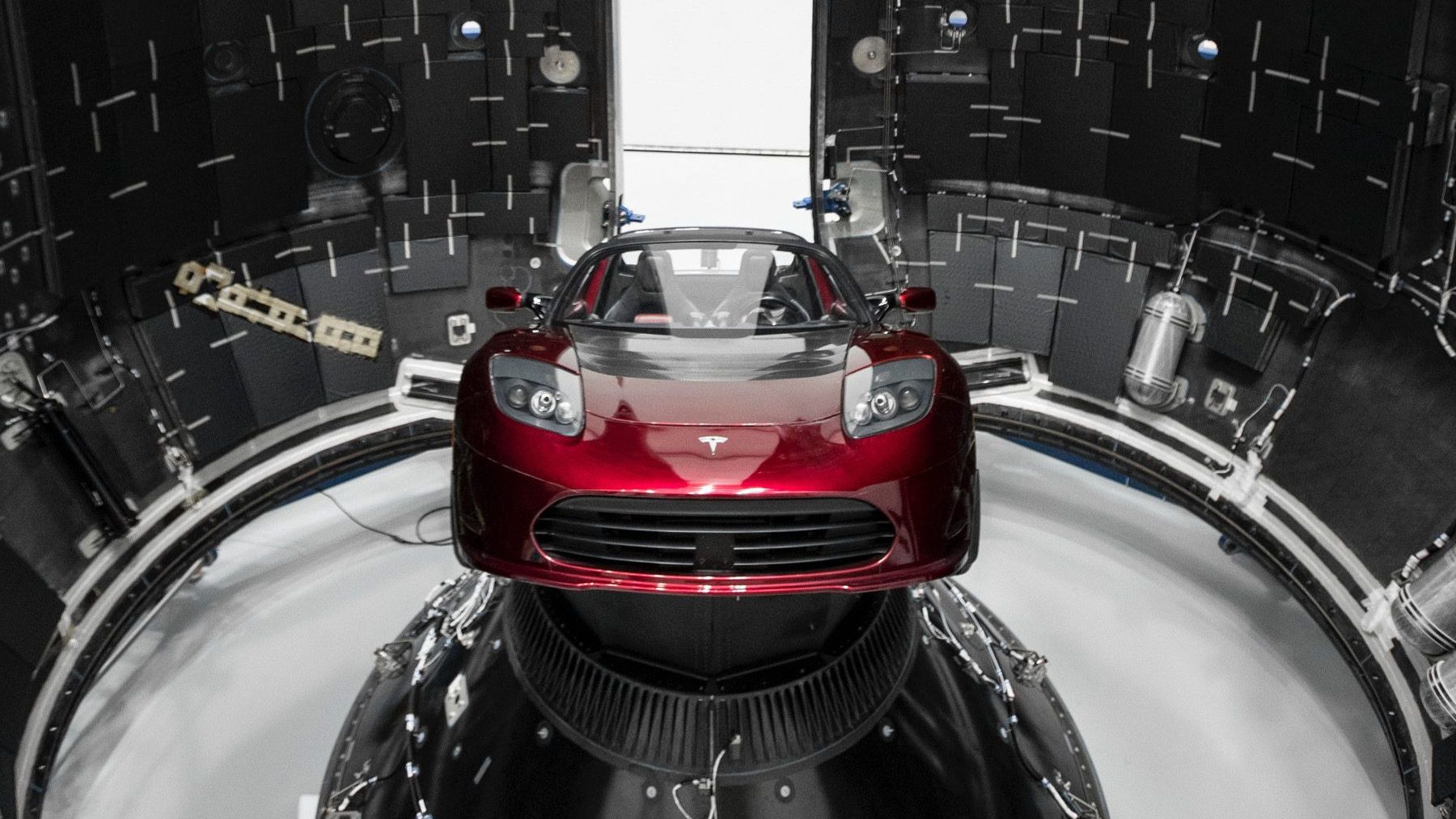A certain group of astronomers at the International Astronomical Union’s Minor Planet Center (MPC) have the important role of finding and tracking asteroids in space, a critical job focused on the safety of our planet. This group watches asteroids circling by to ensure they are not on course to hit Earth, as well as identify any new asteroids that have not been seen before. They have identified thousands of asteroids over the years, but this one new object has blown them away.
Astronomers made a huge mistake
Asteroids, planets, and spaceships are just some of the more normal things to come across in outer space, but NEOs (near-earth objects) are the main focus of astronomers at MPC, which consist mainly of asteroids and comets. These celestial bodies are made up of a mixture of rock, dust, and ice and also orbit the sun, but have the potential to come a bit too close to Earth and even come into contact with us.
This is why astronomers keep a close eye on all NEOs, having identified over 37,500 in total, but this particular one has taken them by surprise.
Wait, what is circling up in space?
On the 2nd of January 2025, the International Astronomical Union’s Minor Planet Center (MPC) announced that they had spotted a new NEO in space, orbiting within 150,000 miles of Earth and recorded it as asteroid 2018 CN41 and issuing a public bulletin regarding its existence. Within 24 hours, they realized their rather large mistake and deleted the listing.
What astronomers thought was another regular asteroid turns out to be none other than Elon Musk’s very own personal motor vehicle, calmy orbiting in space without a care in the world. Who would’ve thought a Tesla would one day be identified as a near-Earth object out in the vast expanse of the universe? It just goes to show the literal and figurative out-of-this-world ideas that are produced by this company, which spark inspiration in companies across the globe.
The famous red Tesla Roadster in space
Why is Musk’s personal vehicle not on earth where every other vehicle is? Well, Tesla does things a little differently. Back in 2018, Musk’s space technology company SpaceX undertook a test launch of its famous Falcon Heavy rocket where they propelled, you guessed it, his very own Tesla Roadster equipped with a mannequin driver named Starman and all.
The car has been in space for over 7 years now and even has its own website for the public to track its movements and watch the journey of Starman and his ride. As of 2025, the roadster has traveled over 3.5 trillion miles and circles the sun every 557 days. While the mistakenly identified asteroid is a source of entertainment to many, others are expressing concern over what has happened.
A lack of transparency is a major concern
Astrophysicist Jonathan McDowell from the Center for Astrophysics (CfA) wrote:
If left unchecked… the growing number of untracked objects could hinder efforts to protect Earth from potentially hazardous asteroids. They could lead to wasted observing effort and — if sufficiently numerous — even throw off statistical analyses of the threat posted by near-Earth asteroids. Worst case, you spend a billion launching a space probe to study an asteroid and only realize it’s not an asteroid when you get there.
His concerns match those of the MPC, which made the unfortunate error, stating:
“This incident… highlights the deplorable state of availability of positional information on distant artificial objects. A single source for information on all distant artificial objects would be very desirable.”
Despite the concern, it is still remarkable to think that a Tesla Roadster has made it to outer space and continues to circle up there, an exhibition of the strength and power of Musk’s company, and their constant strive for greatness.
